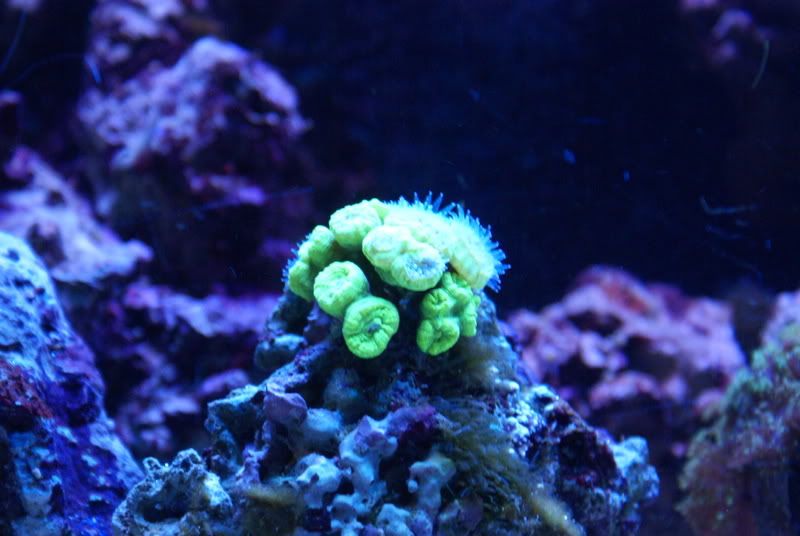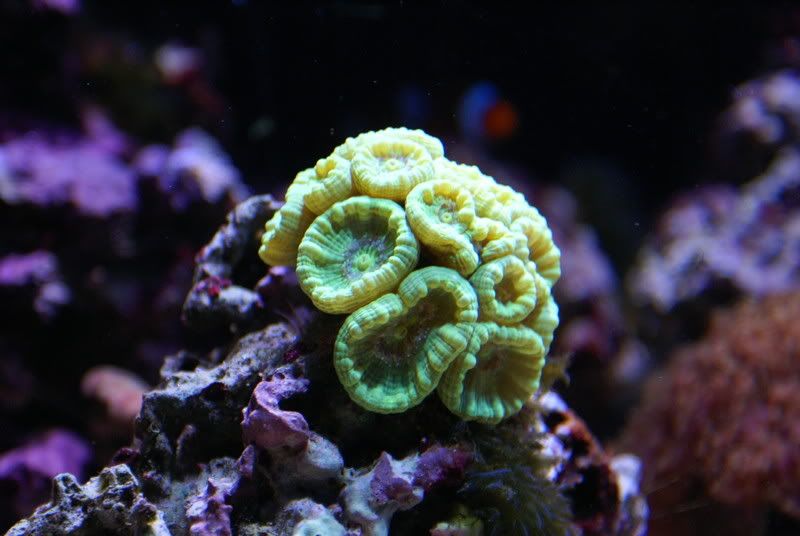
 |
|
#8
|
|||||
|
|||||
|
Just for comparison and to demonstrate spot metering vs pattern metering...
This first shot is using the pattern metering, regular jpeg "macro" mode. In this picture it looks like it metered more for the background and overexposed the coral. It was also one of the first 20 pictures I took with the camera so there are probably a couple of dumb mistakes in there!  Here's a shot I took of the same coral a day or so later using the spot metering mode and the raw output. No Macro lense, just the 18-70mm. I didn't do anything to the picture, just straight converted it into a jpeg and it turned out pretty good.  |